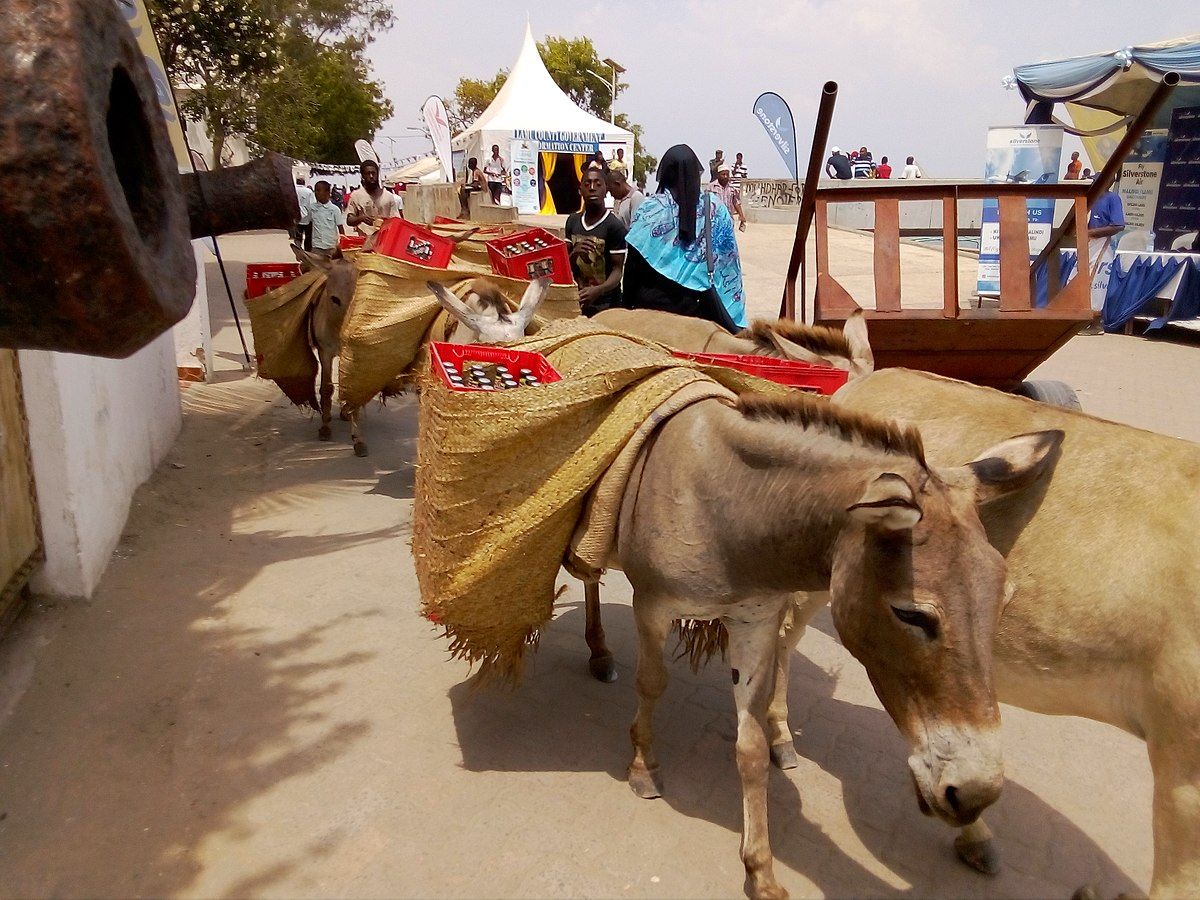About
Off the northern coast of Kenya, close to the border with Somalia, sits Lamu Island. Founded in 1370, it is the oldest continuously inhabited settlement in the country, and has largely remained unchanged over the centuries.
The streets are narrow—often no more than two shoulder lengths in width—meaning that traversing the island by car is impossible. Instead, there are donkeys—more than 6,000 of them, used for transporting goods and people through the town.
So important are these animals that the largest nonprofit on the island is a donkey sanctuary and one of the two cars on the island is an ambulance for donkeys. Each year the Lamu Cultural Festival celebrates the animals with a donkey race down the island’s beaches. Crowds of thousands gather to watch the local donkey jockeys compete head to head for the title.
Strategically located along ancient trade routes between the Middle East and South Asia, Lamu Island was once the most important trade hub in the region. It is one of the clearest example of Swahili architecture—a fusion of South Asian, the Middle Eastern, and the East African styles—where ornately carved wooden doors are the gateways into multigenerational family homes made of local coral stone.
Related Tags
Published
January 17, 2018


























































































